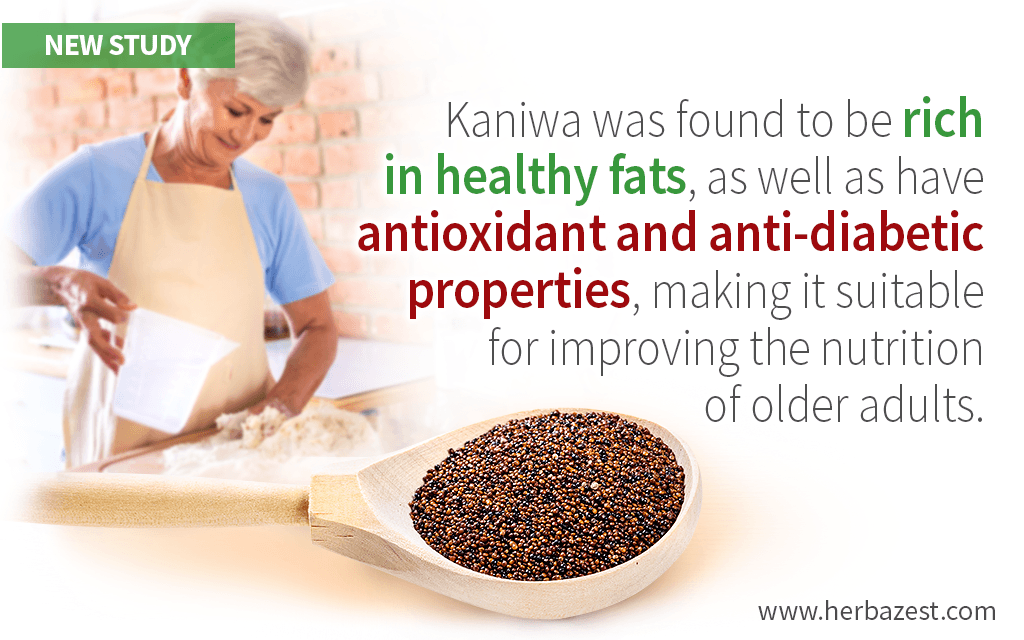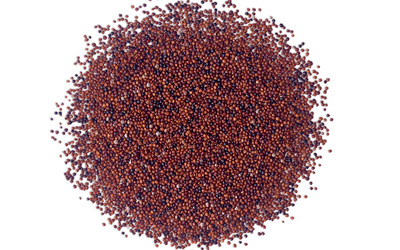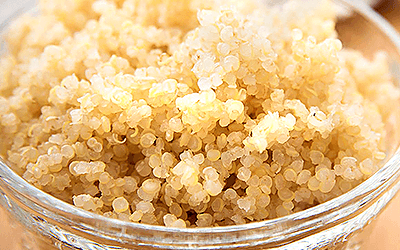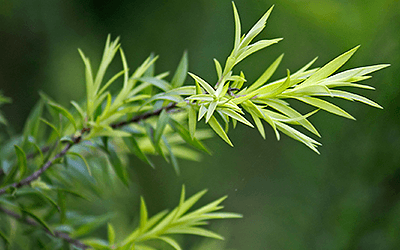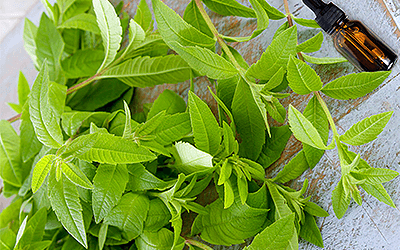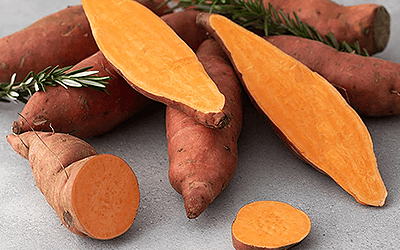With increasing life expectancy, the need for adequate nutrition for the elderly has become a pressing issue. However, various factors may affect their diet, including reduced chewing and swallowing abilities. As a result, nutritional deficiencies and dehydration are highly prevalent among the elderly.1
To address the nutritional needs of the aging population, there's a high demand for nutrient-rich foods that are easy to prepare and chew. Kaniwa, an Andean pseudocereal, has several important characteristics that could potentially make it a good candidate for developing elderly-friendly food products.
The Study
The study had two objectives: to determine kaniwa's nutritional components as well as to assess whether it can be used to develop foods for older adults.
Raw kaniwa seeds were cultivated in Peru. First, researchers passed the seeds through a wide range of nutritional analyses. Then, they made a kaniwa mousse by cooking ground kaniwa seeds with milk for 15 minutes, then adding sugar, vanilla extract, and one of the three gelling agents (guar gum, locust bean gum, or xanthan gum) and boiling the mixture for another two minutes.
Then, they refrigerated it for two hours and evaluated it for hardness and other characteristics.
The Results
The analysis of the nutritional components of kaniwa showed that it contains high amounts of unsaturated fatty acids (76.90%), especially linoleic acid (omega-6 fatty acid) and oleic acid (omega-9 fatty acid). The content of saturated fatty acids was three times smaller (23%).
The total polyphenol content of kaniwa was 186.54 mg GAE/100g, which is higher than that of quinoa and amaranth. The total flavonoid content was 249.82 mg CAT/100g. These compounds are known for their antioxidant potential.
Additionally, kaniwa's α-amylase and α-glucosidase inhibitory activities suggest it has potent antioxidant and anti-diabetic properties.
All three gelling agents were found suitable for the development of elderly food; however, guar gum was especially useful for adjusting the hardness of the mousse, which is important for meeting the various needs of the elderly population.
What Does this Mean?
In this trial, researchers have demonstrated that kaniwa can be used to make elderly-friendly foods. It is not only an excellent source of high-quality protein and fiber, but it has also been shown to offer antioxidant and anti-diabetic properties.
The development of foods that are not only packed with nutrients but also easy to consume by the aging population with deteriorated chewing abilities is key to ensuring adequate nutrition and disease prevention.
Other herbs that can offer essential nutrients to aging adults are avocado, spinach, lentils, blueberries, and walnuts.
Sources
- Gels, Kaniwa (Chenopodium pallidicaule)’s Nutritional Composition and Its Applicability as an Elder-Friendly Food with Gelling Agents, 2023
Footnotes:
- Current Aging. (2019). Nutritional Interventions for Elderly and Considerations for the Development of Geriatric Foods. Retrieved December 10, 2023, from https://www.ncbi.nlm.nih.gov/pmc/articles/PMC6971894/
